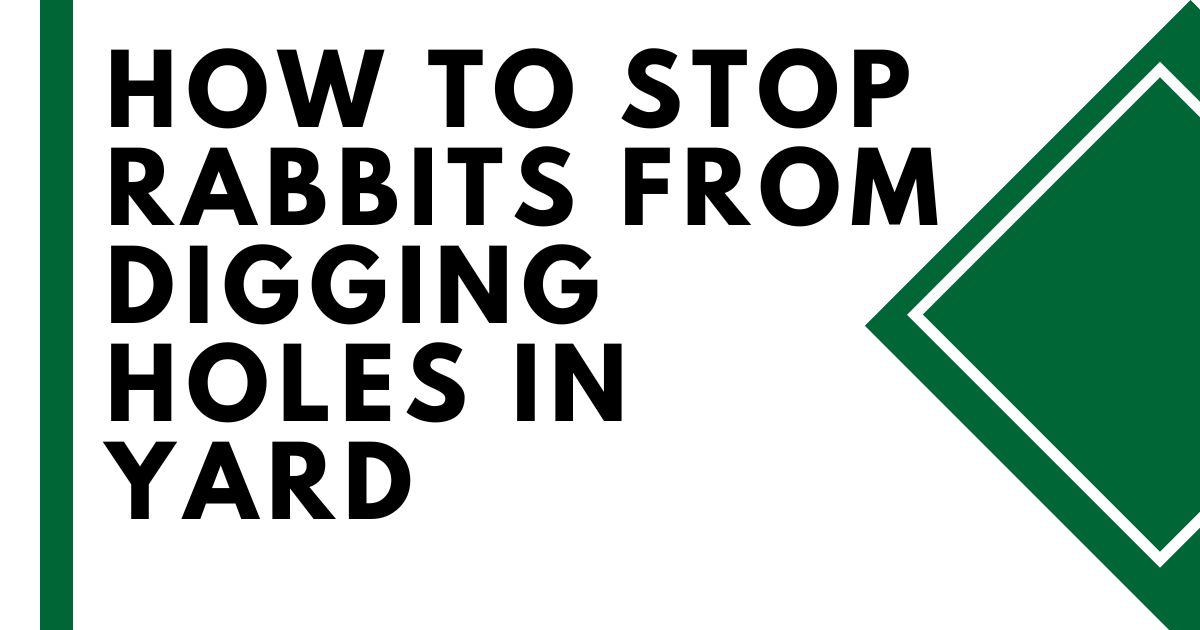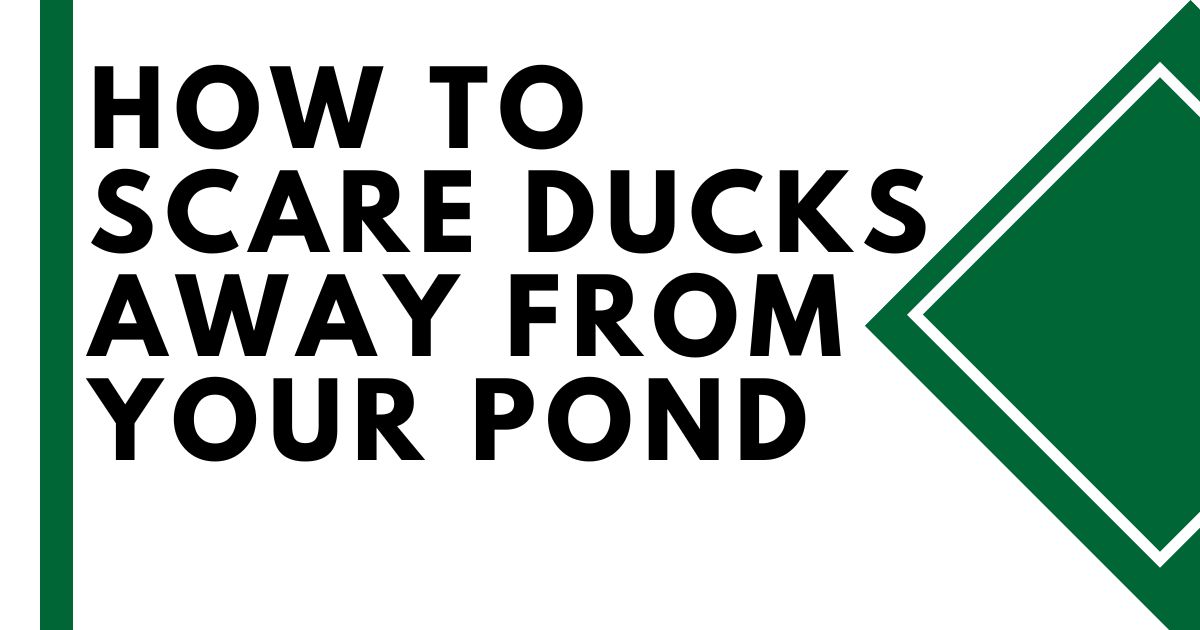Your lawn is the first thing most people see when they drive up to your house. It’s a big part of your home and if you want it to be a positive statement rather than an eyesore, then it needs to look great. It’s important to know what makes a lawn look good, but it’s even more important to know how to care for your lawn properly, without chemicals.
People are often scared to try and start a lawn, but there’s no need to be. It’s so much easier than you think, and I’m going to show you how. No more chemicals or sprays – just good old-fashioned hard work.
What is the Meaning of Lawn Care?
In simple terms, lawn care is the act of maintaining a lawn. It involves providing the proper amount of water, fertilizer, and seed to each individual patch of grass so that it can grow in a healthy manner.
Lawns are made up of different types of grasses that vary in size, color, and texture. The color of your lawn will depend on what type of grass you plant. While certain types of grasses require more moisture than others, all types need to be watered regularly so they do not dry out. If you do not water your lawn enough, then weeds and pests will grow, which will lead to an unhealthy lawn over time.
But what does “keeping a lawn in good shape” mean?
7 Simple Secrets to a Great Lawn
Here are 7 simple secrets to a great lawn:
#1. Get to Know Your Soil
You need to know what type of soil you have before you can get to work fertilizing it. If your soil is very clay-like or sandy, then you will need more nutrients than if your soil is loamy or hilly.
You may also find that one area of your yard has more nutrients than another part of your yard, this could be due to rainfall patterns or other factors like proximity to trees and flowers. Soil testing kits are available at most gardening stores and online retailers.
#2. Fix Underlying Issues
Once you’ve determined whether there are underlying issues with your soil that need fixing before planting, start by adding organic matter (such as compost or manure) to improve its structure and drainage capacity.
A good way to do this is by spreading some of this organic matter directly onto topsoil where you want grass seedlings planted next spring (or anytime during the growing season). It’s also a good idea to add lime or wood ashes into the mixture.
#3. Mow Your Lawn Regularly
Most homeowners don’t realize that regular mowing is the most important part of keeping your yard looking good. It may seem like a pain to mow the lawn every week or two, but it will pay off in terms of reduced weed growth and increased moisture retention ability.
The more often you mow, the more often you can use fertilizer or other products designed for organic gardening methods.
#4. Water your lawn properly
If you don’t water your lawn regularly, then its health will deteriorate quickly over time and it may even die. Watering your yard once a week will be ideal – not too much or too little.
#5. Fight Lawn Weeds
Take care of weeds early on by using an herbicide or natural weed killer like vinegar or dish soap (which has been proven to work). You should also get rid of invasive species like buckthorn and Canadian thistle before they spread out of control.
#6. Choose the Best Grasses for Your Region
If you live in a region that is prone to drought, then it’s important to consider planting grasses that are drought-tolerant. There are many grasses that are suited for regions with dry summers and wet winters. Some of the best choices include:
Buffalograss – This is a warm-season grass that grows well in hot, dry soils. It is also known for its ability to grow in poorly drained soil conditions and does well when planted on sandy or clayey soils.
Perennial Ryegrass – This is a cool-season grass that tolerates long periods of drought and can withstand short periods of wet spring weather. It grows well on light soils but will grow better if it has enough moisture during its growing season.
#7. Seed Right the First Time
If you’re going to seed your lawn, do it right. Don’t just toss seeds out there and hope for the best. The key is to use a quality seed that will have the best chance of germinating and growing into a healthy lawn.
#8. Feed Your Grasses Well
Grasses are the foundation of your lawn, so it’s important that you feed them well. You want them to be healthy enough to fend off any insects or diseases that may affect them in the future.
Feeding your grasses with good quality fertilizer every two weeks will help keep your grasses strong as they grow through the spring and summer months!
#9. Never Mow Your Lawn When It’s Wet
When it comes time to mow your lawn, wait until after it has dried out completely. If you mow when wet, not only will you damage your blades but also dehydrate all of the soil underneath that area, which could lead to more problems down the road!
#10. Your Mower Blades Should Be Sharp
In order to keep your mower blades sharp, you need to use a sharpening stone or a handheld grinder. You can also use a file to sharpen them if necessary. It’s important that you maintain the proper angle when using each tool so that the cutting edge stays at an angle of 15 degrees from vertical.
If you don’t keep your blade sharp, it will dull quickly and become more difficult for it to cut through the grass without damaging it in the process. That is why keeping them sharp is so important.
Frequently Asked Questions
What makes up a lawn?
A lawn is composed of two parts: the soil and the grass. The soil is made up of sand, clay, and minerals. The grass is made up of blades of grass that grow out of the soil.
How do you keep grass alive?
You will need to “seed” your lawn if it has not been seeded before planting it into the ground. A good rule of thumb is 2 lbs of seed per 1,000 sq ft of ground covered, however, this can vary depending on the type of grass being planted and where it is located in relation to other plants already growing there.
Final Thoughts
Even if you’ve never had a green thumb before, you can still create your own lush and beautiful lawn. And best of all, you’ll have bragging rights, because you’ll be growing that lawn without using any chemicals or sprays.
Get out there, start making your yard better, and get some exercise while doing it.



